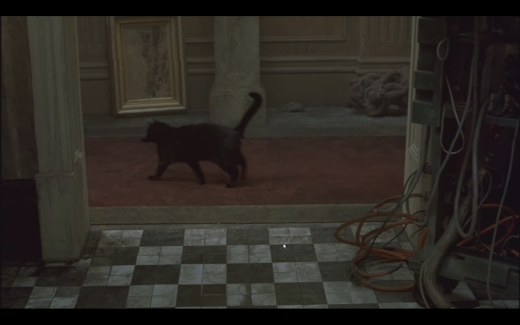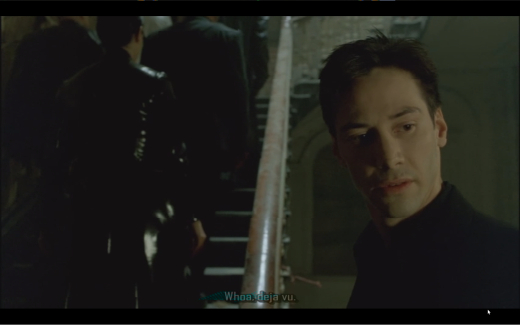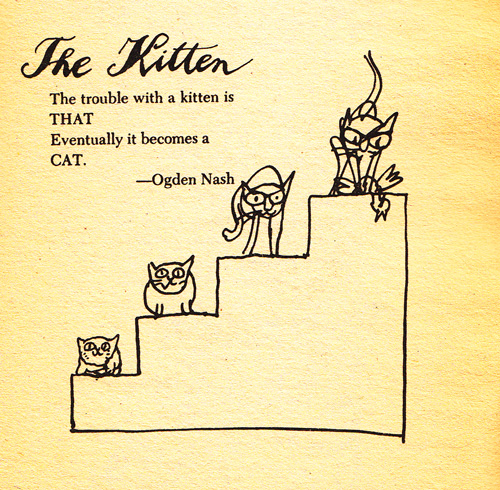Slumdog Oscarpati!!!!!!!!
And the Oscar goes to ….. Slumdog Millionaire!!!
Well finally it happened. A Oscar to a film made in India with all Indian actors. An when it rains here, it pours, literally. So when Uncle Oscar came to India, he did not come alone, but bought an entire gang with him.
Now with the number of Oscars that have been awarded to the movie, I think it should be rather called Slumdog Oscarpati!!
Well, we Indians have a snobbish way of putting things. We do not appreciate the work done by our fellow people, unless it is appreciated by the West. In this case it went the other way round. Since the people in the West appreciated Slumdog, people in India are smelling rats and fishes. Here are some of them:
How can a movie as ordinary as Slumdog Millionaire win 8 Oscars?
Why was Rahman given Oscar for this movie, he has done much better job elsewhere?
If it was presented as movie made by Indians, [formally for the Oscars Slumdog was a British Production] we would not have won the Oscars?
We are selling our poverty to get the world attention.
The film makers exploited the child actors. Did not pay them lot of money, but made loads of money themselves.
The film is anti-Hindu।
The film portrays India in a bad light.
The movie did not deserve the Oscars.
The Oscars are a ploy to enter into the lucrative Indian movie market by the Western people.
etc. etc. etc.
[No matter how long a list I make, there will be always some objection/criticism that will not be included in this list. Is this is a consequence of the Godel’s incompleteness theorem?]
Given all the objections that are raised, I think the movie should have not have been made. It would have been better, remained as the book Q & A which it was written by Vikas Swarup. The criticisms fall into three categories as I see them
1. Actors and media people, who did not get a part in the Slumdog M.
2. People who smell conspiracy in everything that they hear/see.
3. Indian people who have an inferiority complex, who think that Indians are not good at anything.
I do not have any grudges against any of these people, but I will be presenting my point of view over all these objections. After all, this is my blog.
There is a tirade of media people criticizing the content of Slumdog, as it glorifies the poverty in India. But is this not true? Are there no people who are living in India, with exactly the conditions or even worse that are shown in the movie? Just visit to a nearby slum, and see for yourself. So what is so wrong in depicting what is actually present there? Its not as if all of India lives above poverty line and the movie is falsely depicting the people living in poverty. It is no fiction.
Have no films been made in India which depict the poor? If that had been the case, one might have agreed to the criticisms. But then this theme is not at all alien to Indian cinema, a poor protagonist is a goringly boring theme, is it not? What hurts us is the fact that some firang and not a desi has done this. Shame. Shame. Shame.
Of all the actors that are criticizing the movie, including Amitabh, Preity Zinta and Shilpa Shetty amongst others, would they have dared the same if they thenselves had acted in that movie. Do they ever dare to criticize the movies that they work in? I can smell something burning. Given a chance most of them would have jump at offers from overseas, and it would be considered prestigious for them too, then why this farce?
As for Rahman, yes I know he has done much better work elsewhere. But, then, good music also needs other good things in the movie to make an impact. Personally if you ask me Dil Se is one of the best works he has done.
Cinematography wise the film is brilliant. Period. Though while watching the movie, sometimes I felt faint traces of the Cidade de Deus [The City of God] running among the sequences and camera shots.
Also lets not forget another thing, that there is no point in comparing the movie with the movies which were made before and won the awards. The movie needs to be compared with the movies that it was competing with now, not with all the great movies that were produced world over before. How many times does it happen that a movie certainly deserving an oscar, did not get one. When there is more than one movie which is good, certainly there are hits and misses. Definitely we have much better movies made before Slumdog M, but then it did not compete with them before the award. So we have to compare Slumdog M with the movies that it was competing with now, not all of the movies made before it. And maybe it was the best of the lot, for this year.
Also if we are taking the film apart as we have done, we are not doing any justice to the actors in the film, who gave their efforts for the characters that they were playing. Was that all part of the bigger conspiracy?
Has not this production brought some deserving youngsters to the fame in international cinema? What about them are they not happy for that? Ask them and you will know the answer…
Now the second group. There are two types of people in this world, one who find conspiracies in everything and others who find conspiracies only in somethings. I think I myself fall in the later category.
Some people think this is a propaganda by the Western people to proliferate the Indian production houses and reap the profits from Indian audiences. But why do they need to come to India for that? I mean lot of english movies made without any reference to India or Indians involved in the production have done quite well in India. Remember Titanic?
The others especially, the Sangh Pariwar people see this as a conspiracy to defame hindus. Well, where is that they do not see a conspiracy to defame hindus? All the media [national and international] is against them, well except what they themselves publish [I think sometime later even that might go against them ;)]. So it is no surprise to me that they see this as conspiracy. O
The following quotes from here summarizes the sentiments of the Sang Pariwar.
Every art whether it be the mad jehadi painter Hussain portraying hindu godesses in the nude and obscene posters or the slum dog film portraying hindu gods and hindu customs and blackening the image of hindus and hindu gods or the novels of Arundhtai Roy and Arvind Adiga maligning hindus, their culture and traditions and their parents, become instant hits since enemies of hindus are national and international and sadly national media exaggerate every bit of it.
And another one from the same source:
The film is a plot made by the Americans to despise the Hindus. This is also one type of war. The film should be banned
in India. just like De vinci was banned in India. The film is seriously affecting the sentiments of Hindus before International flora. Alas! there is nobody to protect the sentiments of Hindus.Srirama and srikrishna were shown as villains.Godhra riots were shown unnecessarily. The hero , a slum dog could identify the figure on the dollar but not Mahatma Gandhi on Indian currency.
Well Americans? AFAIK the Brits would not like to call themselves Americans. War? Where is that you people not see war? If war is against all Hindus [who technically speaking I am], I don’t quite agree to it.
The film is seriously affecting the sentiments of Hindus before International flora.
Which Hindus I may ask? Those who are already a part of the Global/International brigade of the Sangh Pariwar?
Srirama and srikrishna were shown as villains.
Well Sri Rama did play a part in the film, but Sri Krishna ? Well I think director forgot to portray him and I am sorry on his behalf. But then we have millions and millions of Hindu gods, why did you not depict them all? And as villains, I doubt it.
Godhra riots were shown unnecessarily.
Well, where the hell is Godhra shown in the film? The riots portrayed are the Mumbai riots, which happened at least 10 years before, please do watch the movie before you comment on it.
Why was the dude a Muslim and the dame a Hindu. Both should be Hindus! This is a [film about] Hindu nation!!
So far so good. Apart from religious zealots there are people who also smell fish in Slumdog M. But this is a different kind of conspiracy. The overall structure of this is like a communist propoganda. Financial gains. For the producers of the film. Well don’t the producers want the financial gains from the films that they make? It is a business for them, is it not?
This is a British ploy to enter in to Indian film industry. So be it. If the result is going to be better movies, I am all for it. So where does exploitation of the poor child actors come? If at all Slumdog M did not became a hit, will such a hype be made about this? How many struggling actors are present in Mumbai, who would go to extremes for just landing a small role in the films, let alone getting being underpaid? Success has a lot of enemies. If at all directors and producers knew what film would be always a hit, why would anybody make a movie which would eventually be a flop? Are there no flop movies in the world?
Anyways these are my views about this whole Slumdog Business, lets see what happens next…







